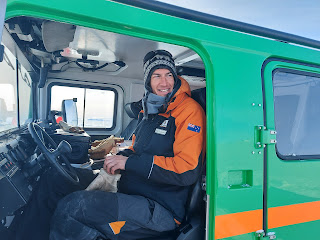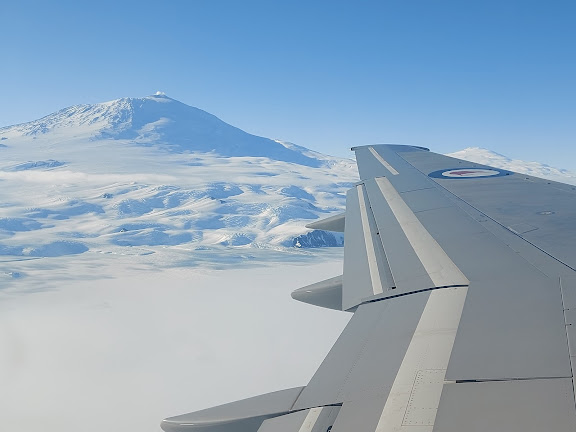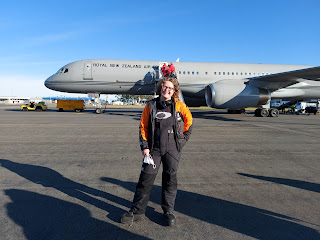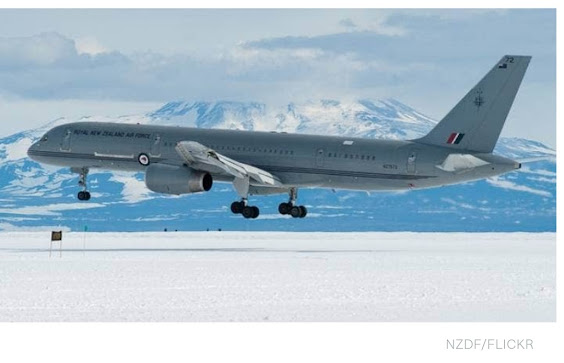A very special visitor: The PM comes to Camp K892
I've been fortunate to enjoy many unique opportunities as a result of being involved in Antarctic research. But the chance to give New Zealand's Prime Minister a hands-on experience of science at my containerised field camp is a pretty remarkable stand-out.
Our PM was 'treated' to the full Antarctic experience… her initial attempt to fly south on the NZDF C-130 Herc got part-way here but had to return to Christchurch on account of the conditions of weather and visibility here at Phoenix airfield – an Antarctic 'boomerang' flight. On the same day, the USAF C-17 had been able to land with a combination of cargo and personnel on board – including our very own Vanessa and Adam, as well as a couple of the PM's entourage.
So, after waiting for the night in Christchurch, Ms Adern did make it down the following day on the USAF C-17 with the remainder of her crew, including her partner Clarke Gayford and some of the AntNZ board members. She was then taken on a wh










